Home > Climate News >
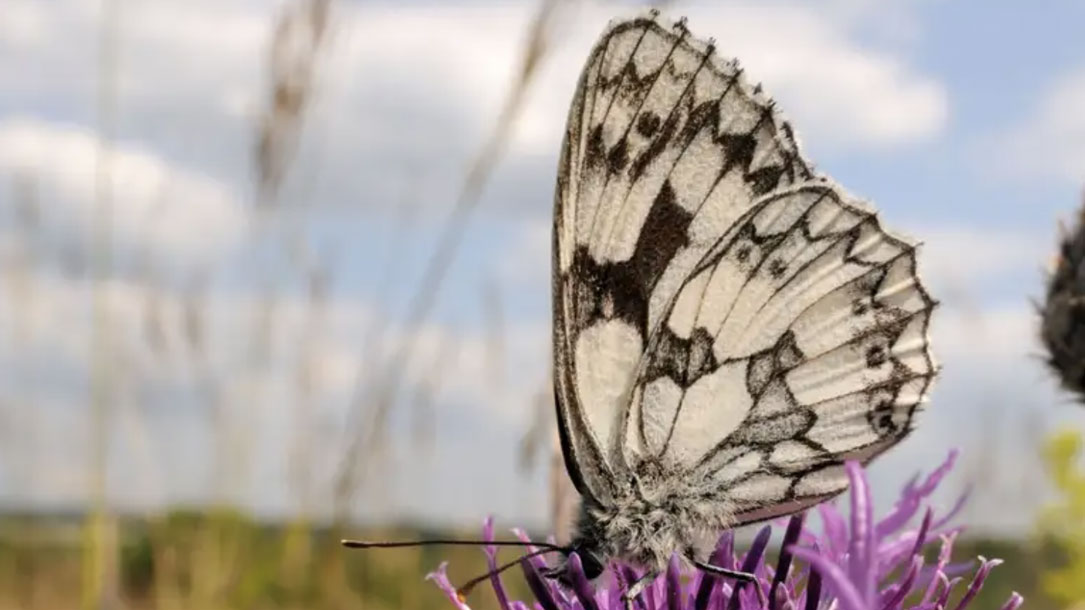
Air pollution makes it harder for pollinators to find plants
A field trial found that levels of nitrogen oxides and ozone similar to those near roads led to a 70 per cent drop in the numbers of bees and butterflies on mustard plants…
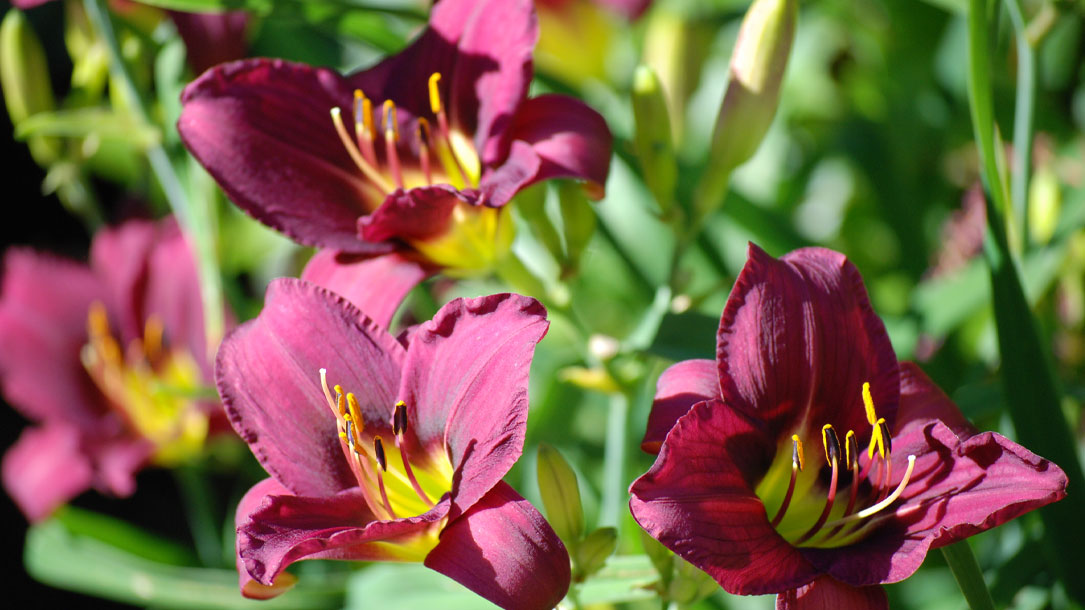
Anthropogenic air pollutants reduce insect-mediated pollination services
Study Highlights
• Common air pollutants (e.g. nitrogen oxides and ozone) can react with floral odors.
• Both pollutants resulted in severely reduced insect pollinator foraging efficiency.
• Specific insect pollinator groups demonstrated differential responses to pollutants.
• Metrics of insect-mediated plant pollination decreased under both pollutants.
• Air pollution has the potential to disrupt other odor-mediated ecosystem services.
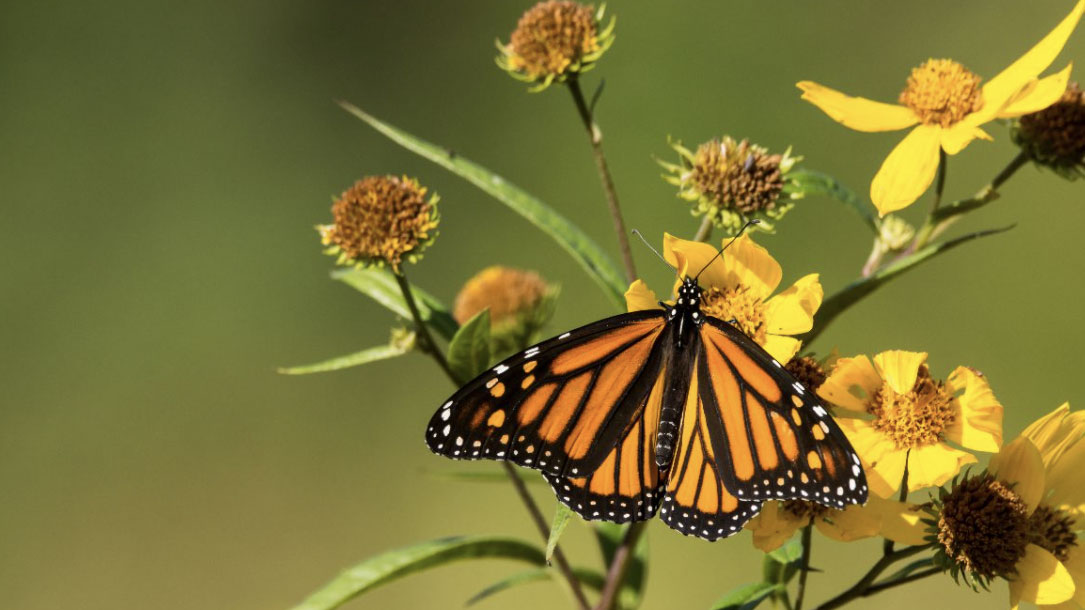
Air pollution reduces pollination by confusing bees
Scientists from the University of Reading, the UK Centre for Ecology & Hydrology, and the University of Birmingham found that there were up to 70% fewer pollinators, up to 90% fewer flower visits and an overall pollination reduction of up to 31% in test plants when common ground-level air pollutants, including diesel exhaust pollutants and ozone, were present.

Air pollution makes it harder for insect pollinators to find flowers
Insects play an important role in the world’s food production. Roughly 70 percent of all crop species, including apples, strawberries, and cocoa, depend on them for pollination.
Insects rely on a flower’s odor to locate a plant, but atmospheric pollutants alter these smells, making foraging more difficult. A new study in Environmental Pollution tested how much of an impact pollution has on pollinators in the field…
“We weren’t expecting nearly as severe a reduction as we found. It’s kind of crazy,” study author James Ryalls, an agricultural ecologist at the University of Reading in the United Kingdom, tells New Scientist’s Adam Vaughan…

Hotter summer temperatures prompt fly fishing restrictions in Montana
In some areas, fishing has been temporarily prohibited on hot summer afternoons when the water is too warm.
“That’s a huge impact to fisheries and to the guiding community as a whole,” Hutcheson says. “There are operations…starting their guide trips at 5 a.m. so they can get off the water by 2, or they’re simply not taking people out during the hottest times of the year, which traditionally has been some of the best fishing”…

Climate and Change: Reflections on “The Sixth Extinction”
A good book comforts us. A great book challenges us. This year’s first-year reading selection, “The Sixth Extinction” by Elizabeth Kolbert, is a great book.
This book opened our eyes, engaged our minds, expanded our thinking, at times shrunk our significance, contextualized our evolution and our existence, and reminded us of both our fragility and our ephemeral nature. It also made us uncomfortable, uneasy, and uncertain at times. I can’t imagine a university’s first year reading selection, or any book, doing more than that.

470-acre Cayuga lakefront land bought by state to become wildlife area, solar energy plant
New York State Governor Kathy Hochul announced a land purchasing agreement has been reached between the Finger Lakes Land Trust and New York State Electric & Gas Corp. for the 470-acre Bell Station.
The state Department of Environmental Conservation and the Finger Lakes Land Trust will create a public wildlife management area on the lakeshore portion of the newly acquired property…
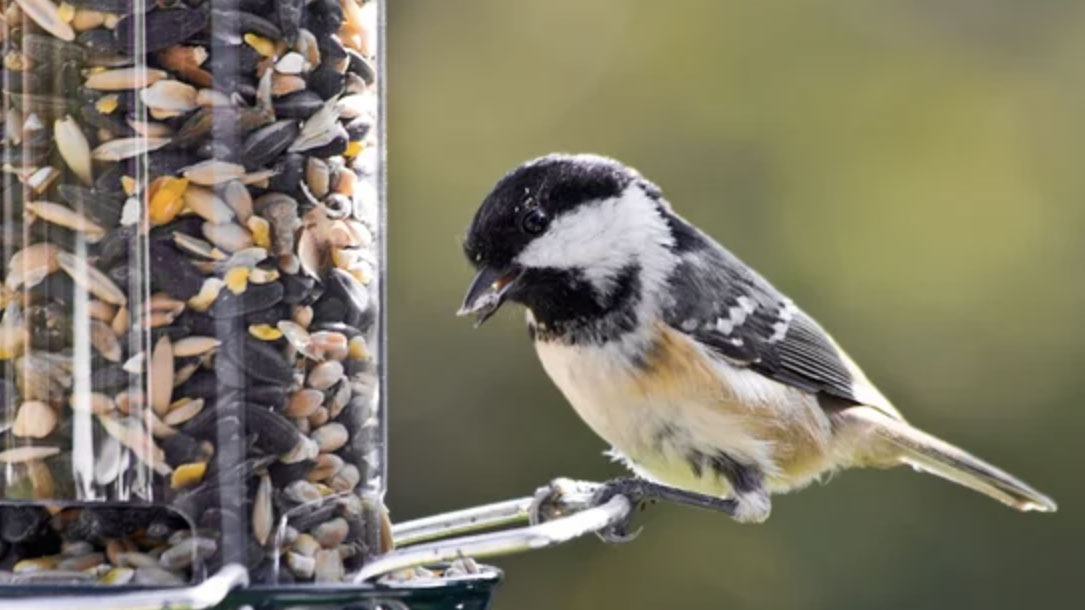
Why it matters that climate change is shrinking birds
Scientists have long predicted that increasing temperatures would drive reductions in body size across the tree of life, but testing this requires huge amounts of data collected consistently over decades. This type of data is only available for a tiny fraction of the world’s species, including some North American birds.
Recently, a study based on over 70,000 North American bird specimens found that warming temperatures have been shrinking birds for the past 40 years…

Shared morphological consequences of global warming in North American migratory birds
“Increasing temperatures associated with climate change are predicted to cause reductions in body size, a key determinant of animal physiology and ecology…”
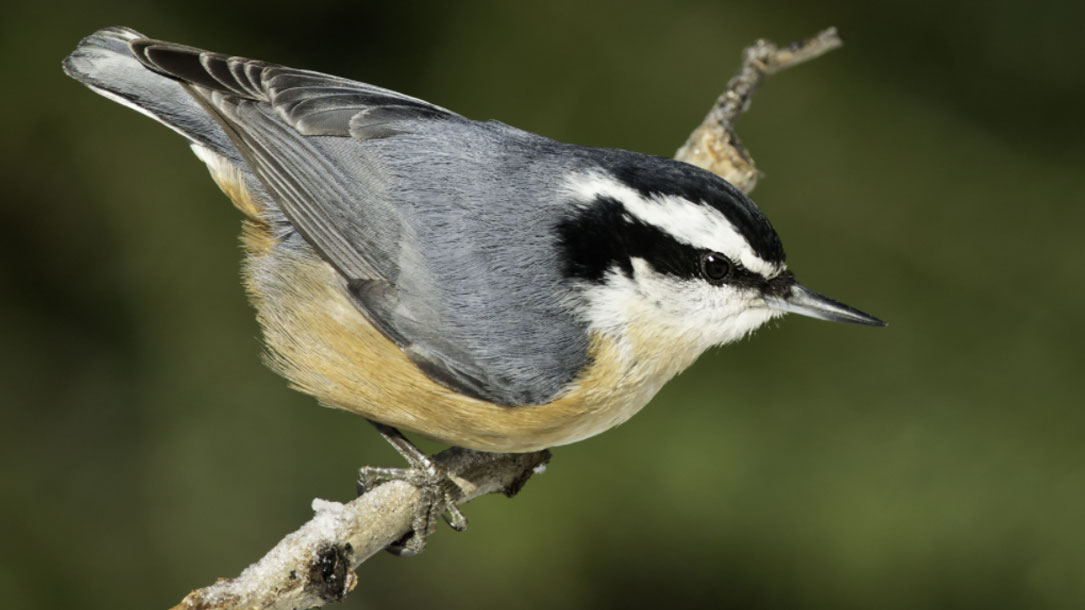
Declining body size: a third universal response to warming?
“Because body size affects thermoregulation and energetics, changing body size has implications for resilience in the face of climate change.”












